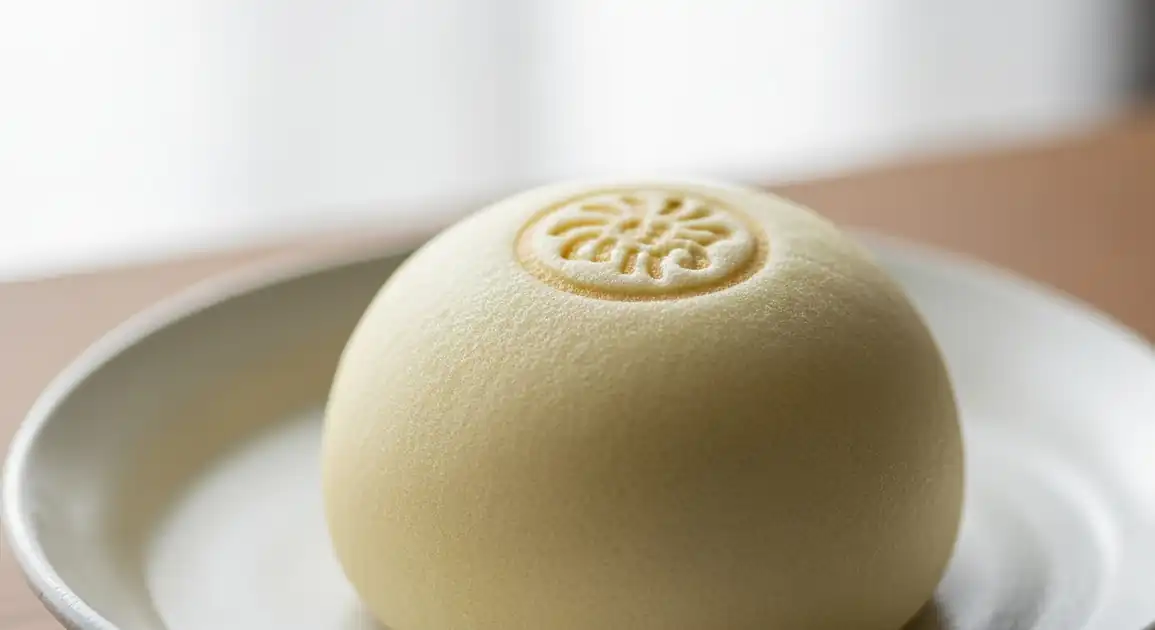Hakata Torimon
博多とりもん

Description
Hakata Torimon originated in Fukuoka (formerly Hakata) and remains most authentic there, though it has gained popularity throughout Japan as a representative Kyushu sweet. While specialty shops in Fukuoka offer the freshest experience, department stores and omiyage shops across major Japanese cities now carry boxed versions as the treat's reputation has grown nationally.
Dietary Information
Serving information
Serving style
Typically served individually on small plates or napkins in cafés, or packaged in paper/cardboard boxes for takeaway. Best enjoyed at room temperature rather than hot from the oven or cold from refrigeration.
Quick facts
Most specialty shops operate from 10 AM - 7 PM, with department store locations following department store hours (typically 10 AM - 8 PM).
Safety Tips
What to Look For
-
Freshly baked batches throughout the day
Quality shops produce small batches regularly rather than large morning batches. Look for 'freshly baked' signs or ask when the latest batch was made.
-
Proper storage conditions
Pastries should be kept in clean, temperature-controlled display cases, not exposed to heat or direct sunlight for extended periods.
-
Consistent golden-brown color
Each piece should have an even, appetizing color without burnt edges or undercooked pale spots, indicating proper baking.
-
Clean, well-maintained shop environment
The overall cleanliness of the shop often reflects the care taken in food preparation and handling.
What to avoid
-
Stale-looking pastries in the display
Avoid shops where pastries look dry, cracked, or have darkened filling visible through the crust, indicating they're not fresh.
-
Heavily discounted end-of-day items
While bargains exist, significantly reduced prices may indicate older batches that have lost their optimal texture and taste.
-
Poor handling practices
Staff should use clean gloves or tools when handling pastries, not bare hands, especially if also handling money.
-
Refrigerated pastries sold as fresh
Some shops may refrigerate and then display previously made pastries as fresh. Look for subtle signs like condensation or overly firm texture.
Price information
Price range
Budget tips
- Individual pieces typically cost 180-250 JPY in specialty shops.
- Gift boxes of 5-10 pieces offer better value than buying singles.
- Prices are lowest at source bakeries rather than department stores or tourist locations.
- Some shops offer slight discounts for end-of-day purchases, though freshness may be compromised.
Value indicators
- Freshly baked on premises.
- Consistent, distinct bird shape without irregularities.
- Proper ratio of pastry to filling.
- Even golden-brown color.
- Clean, elegant packaging appropriate for gifting.
Where to Find This Dish
Department Store Food Halls
Found in basement food floors (depachika) of major department stores across Japan.
Mitsukoshi, Isetan, Takashimaya, Hankyu
Afternoon, Weekend
Major Train Stations
Available in station shops specializing in omiyage (travel gifts).
Tokyo Station, Osaka Station, Hakata Station
Evening (for commuters), Weekend afternoons
Vendor Tips
- Shops with 'honpo' (本舗) or 'honten' (本店) in their name are often original or main branches.
- Look for shops that package items after purchase rather than pre-packaged displays.
- If buying as omiyage, check production and best-by dates clearly marked on packaging.
How to Order
Regional Variations
-
Classic Vanilla Torimon
(元祖とりもん)
The original variety with rich vanilla custard filling and delicate butter pastry exterior, lightly dusted with powdered sugar.
-
Matcha Torimon
(抹茶とりもん)
Featuring green tea-infused custard filling, offering a slightly bitter contrast to the sweet pastry, often with a greener-tinted exterior.
-
Chocolate Torimon
(チョコレートとりもん)
Filled with chocolate custard and sometimes featuring cocoa in the pastry dough, creating a richer, more indulgent variation.
-
Seasonal Fruit Torimon
(季節のフルーツとりもん)
Limited edition versions featuring seasonal fruits like strawberry, yuzu citrus, or Kyushu specialties like amaou strawberries.
-
Premium Gift Box Torimon
(ギフトとりもん)
Specially packaged versions in decorative boxes, often with longer shelf life, intended specifically as omiyage (souvenirs/gifts).
Cultural context
History
Hakata Torimon emerged in the late 20th century, inspired by Western-influenced Japanese pastry traditions but distinctly representative of Fukuoka's culinary innovation. The name combines Hakata (the historic name for part of Fukuoka) with 'tori' (bird) and 'mon' (thing/object), reflecting both its shape and cultural significance. The bird shape symbolizes Hakata's historical position as an international port city and cultural crossroads. While relatively modern compared to traditional wagashi (Japanese sweets), it has quickly become emblematic of Fukuoka's food culture.
Local significance
While relatively modern compared to traditional wagashi, Hakata Torimon has quickly become recognized as a representative sweet of Fukuoka, symbolizing the region's skill in adapting Western confectionery techniques with Japanese aesthetic sensibilities.
Eating customs
- Traditionally enjoyed with green tea.
- Typically eaten in small bites to appreciate the texture contrast.
- When given as omiyage, it's customary for the recipient to share them with family or colleagues.